USS Alabama Memorial Park: The Sleeping gray Giant
A large, gray giant stretches endlessly along the quayside. Its gray wall rises to the blue sky, a mountain of steel longer than two football fields. Years ago, this monster was one of the most feared weapons in the world: the USS Alabama earned a reputation as an unassailable floating fortress during its time in active service. The USS Alabama Memorial Park is a mix of History and Technology on the Shore of Mobile Bay.
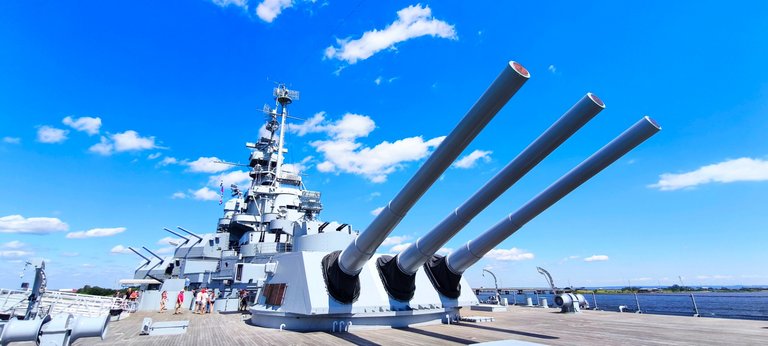 The USS Alabama after more than 80 years
The USS Alabama after more than 80 years
Equipped with countless gigantic guns and a crew of nearly 2,000, the battleship could travel at nearly 28 knots thanks to its four steam turbines and eight boilers producing 130,000 horsepower. Launched in 1942 at the Norfolk Naval Shipyard, it sailed in the Atlantic until August 1943, then became a fixture in the Pacific.
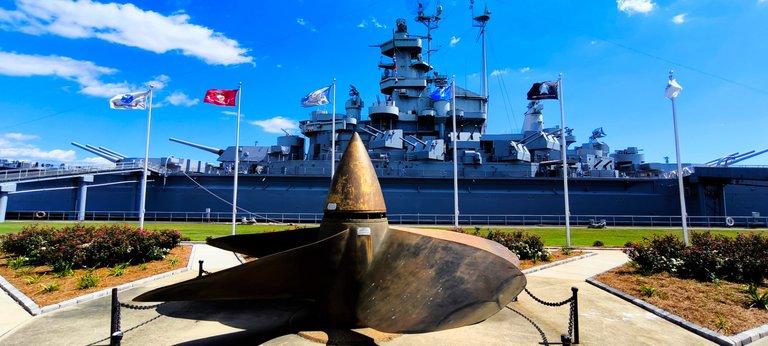 The people of Alabama saved the ship
The people of Alabama saved the ship
Now it lies here, in Mobile, Alabama. Sometimes, it is places away from major cities that bring the past to life in a particularly impressive way. The USS Alabama Battleship Memorial Park in Mobile, Alabama, is one such place. It is far more than a museum - it is a memorial, a monument, and a living piece of American history that captivates visitors from all over the world.
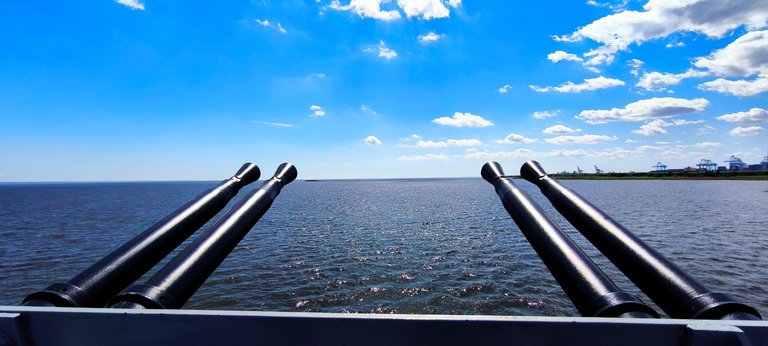 The USS Alabama was equipped with a total of 129 guns
The USS Alabama was equipped with a total of 129 guns
Here, on the vast, sun-drenched coastline of the Gulf of Mexico, nature, technology, and memories merge into a complete experience that will linger long in the memory.
 One of the airplanes
One of the airplanes
The USS Alabama: A Floating Witness to Turbulent Times
At the center of the park, like a sleeping giant, lies the battleship USS Alabama (BB-60). Its massive gray hull, its silhouette striking against the sky, can be seen from afar.
 An airplane in front of the USS Drum
An airplane in front of the USS Drum
The Alabama is more than just a warship - it is a symbol of courage, determination, and sacrifice. Launched in 1942, it was part of the legendary South Dakota class and became the scene of dramatic events during World War II.
 At the exhibition the 50ths are alive
At the exhibition the 50ths are alive
It escorted convoys in the Atlantic, participated in the hunt for the German battleship Tirpitz, and later fought against the Japanese fleet in the Pacific. Its cannons thundered during the invasions of Tarawa and Leyte, it survived kamikaze attacks, and helped pave the way for the Allied landings.
 The normal US, 60 years ago
The normal US, 60 years ago
After the war, the Alabama faced the same fate as many of her sisters: the scrapyard. But the people of Alabama refused to give up on their ship. In an unprecedented fundraising campaign - in which even schoolchildren participated with their lunch money - enough money was raised to save the Alabama.
 It's worth the visit
It's worth the visit
In 1965, she was transferred to Mobile and opened as a floating museum. Since then, she has been a place of remembrance, education, and pride for generations of Americans.
 Inside the steel giant
Inside the steel giant
Nature and Technology in Dialogue
The Memorial Park itself stretches over 150 acres directly on the water. The moment you enter, you sense the special atmosphere: the fresh breeze from the Gulf, the squawking of seagulls, the gentle lapping of the waves against the Alabama's hull.
 The view from above
The view from above
Between palm trees, oaks, and manicured lawns, you'll find not only the battleship and the submarine USS Drum, but also an impressive collection of military vehicles, tanks, and artillery pieces.
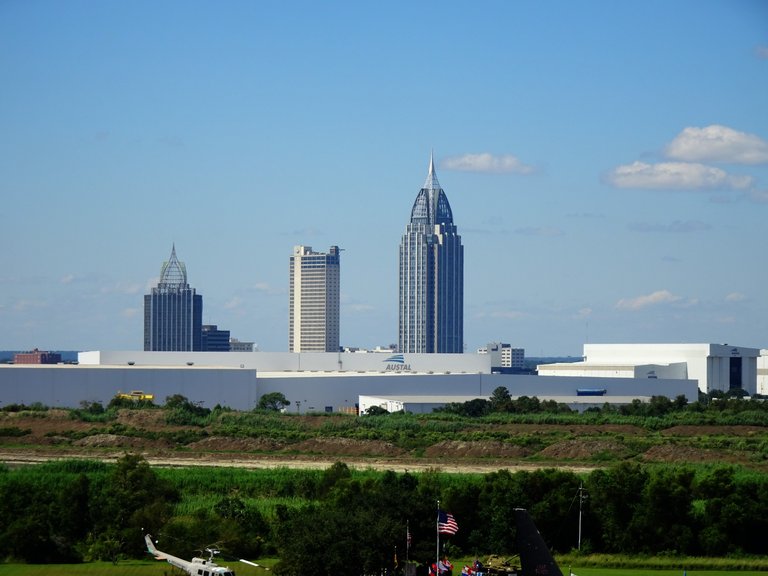 View to the city
View to the city
Walking paths lead along the waterfront and invite you to linger. From here, you have a sweeping view of Mobile Bay, where the sunlight reflects off the water.
The USS Drum Submarine
 A steel cage
A steel cage
Another highlight of the park is the USS Drum (SS-228), a so called Gato-class submarine that was deployed on a total of 13 war patrols during World War II.
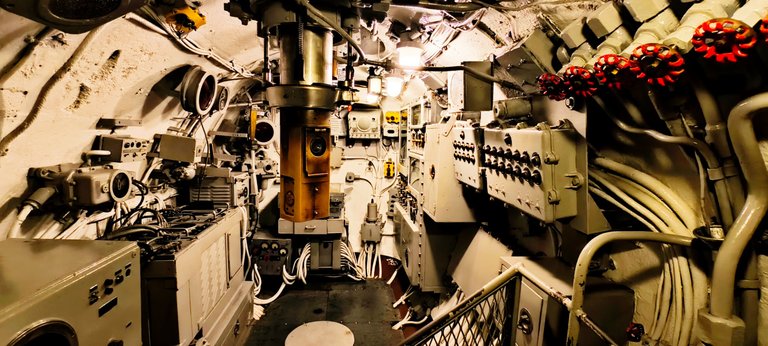 It's claustrophobic
It's claustrophobic
Stepping into the narrow, steel boat is like stepping into another world. The cramped conditions are immediately noticeable: narrow corridors, low ceilings, pipes, valves, and instruments everywhere.
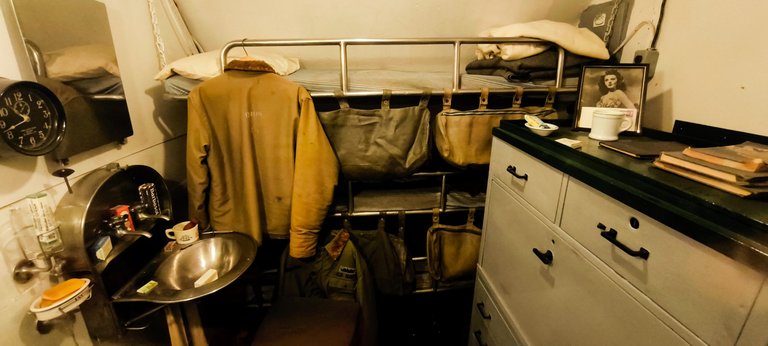 The place to live for the men
The place to live for the men
The sleeping berths are tiny, often stacked on top of each other, offering barely any room to turn around. The crew lived for weeks in this claustrophobic environment, constantly surrounded by the roar of the engines, the smell of diesel and lubricating oil, and the ever-present threat of enemy depth charges.
 The kitchen
The kitchen
Living conditions on board were harsh: fresh water was scarce, the air was stuffy, and privacy was virtually nonexistent. The men shared the few showers, ate in shifts, and often slept in the narrow corridors between torpedoes and supplies.
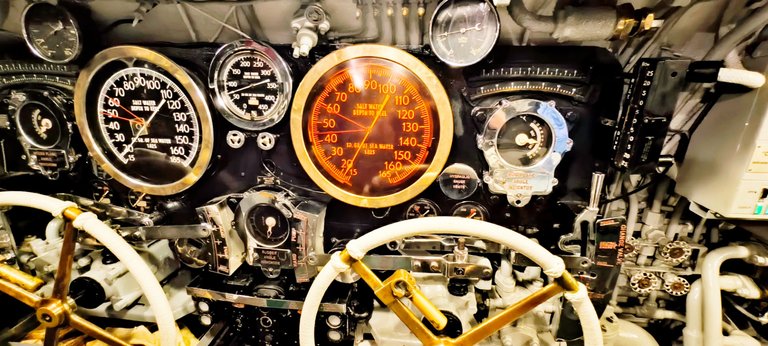 Inside the machine
Inside the machine
Nevertheless, a strong sense of solidarity developed - a will to survive that is almost tangible in the narrow corridors of the Drum. Today, visitors can tour the entire submarine, from the bridge to the engine room, and gain insight into the crew's daily life.
Technology, Heroes, and History
The heart of the visitor center is the Medal of Honor Aircraft Pavilion, a massive exhibit hall that impresses with its collection of historic aircraft, helicopters, and military vehicles. Upon entering, one is immediately struck by the sheer size of the space.
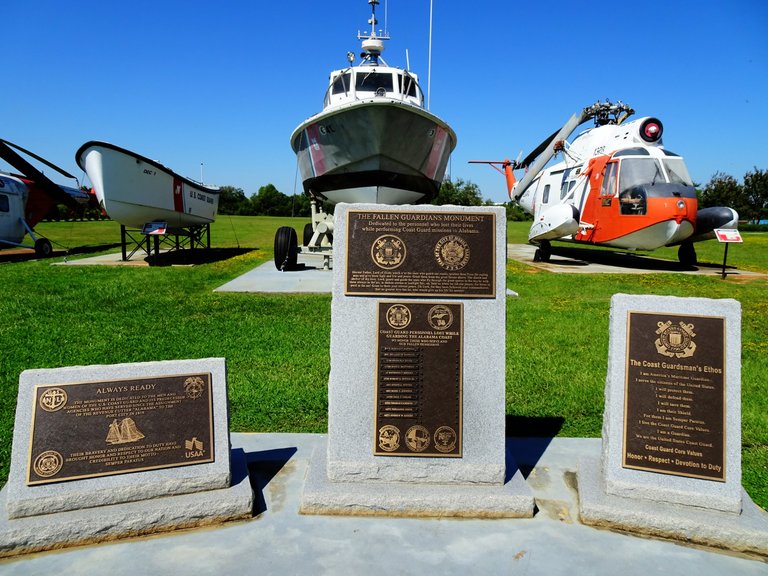 An exhibition of boats and helicopters waits outside
An exhibition of boats and helicopters waits outside
The exhibits are overwhelming: here, a B-52 bomber, used in the Vietnam War, stands side by side with a P-51 Mustang of the famous Tuskegee Airmen. An A-12 Blackbird, the legendary CIA spy plane, draws attention, as does the presidential helicopter "Army One," in which several US presidents traveled.
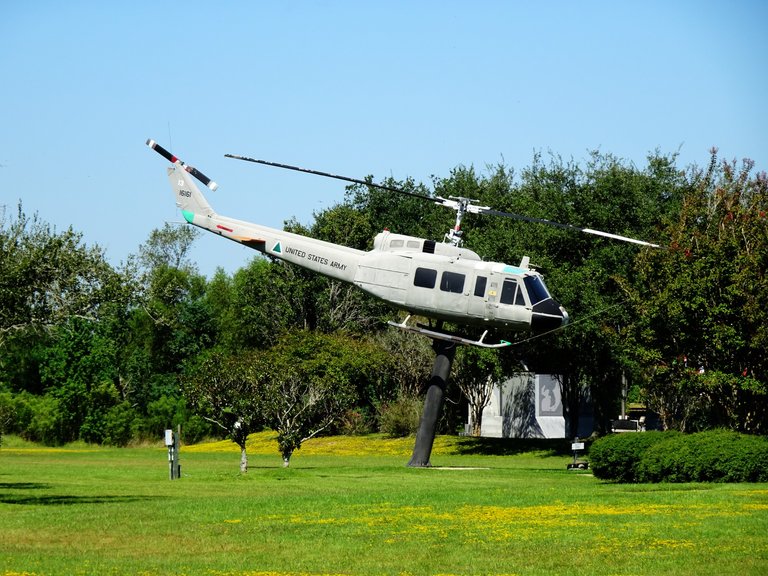 Looks like he is flying.
Looks like he is flying.
But the hall is not just a place for technology enthusiasts. It also tells the stories of the people who operated these machines. A memorial wall commemorates the Medal of Honor recipients from Alabama, whose courage and sacrifice are honored here. Numerous information panels, photos, and personal items bring history to life.
 Old airplanes, modern explainings
Old airplanes, modern explainings
A Place of Reflection
The section dedicated to American POWs in Vietnam is particularly moving. Uniforms, letters, homemade tools, and other personal items documenting the daily lives and suffering of the prisoners are exhibited here.
 A painting remembers the fate of the prisoners of war in Vietnam
A painting remembers the fate of the prisoners of war in Vietnam
Photographs show emaciated men behind barbed wire, and handwritten notes speak of hope, fear, and solidarity.
 Remainings of 9/11
Remainings of 9/11
The exhibition does not conceal the cruelties the prisoners were subjected to, but rather makes them vividly visible. It urges us not to forget the fate of the victims and reminds us of the value of freedom and human dignity.
 A cage where Vietnam holds Us-Soldiers as prisoners
A cage where Vietnam holds Us-Soldiers as prisoners
Magnet for Visitors from Around the World
Today, the USS Alabama Memorial Park is a major attraction for tourists, school groups, veterans, and technology enthusiasts. Hundreds of thousands of people visit the park annually to experience history up close, to learn, and to commemorate.
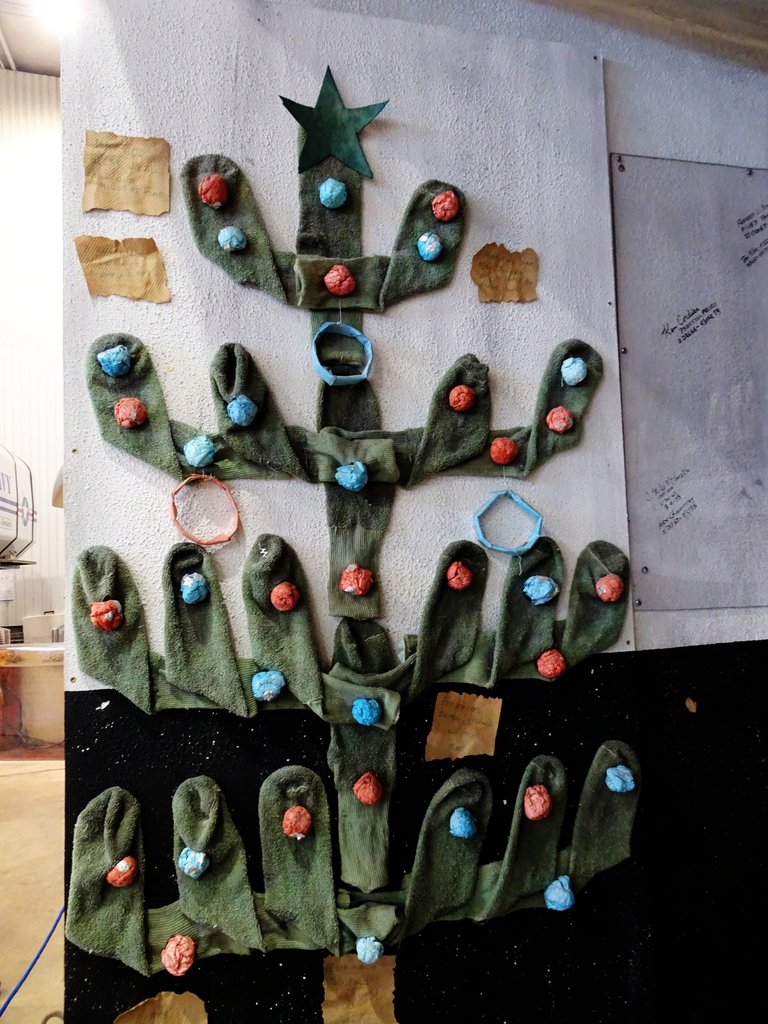 A christmas tree, made by prisoners of war in Vietnam
A christmas tree, made by prisoners of war in Vietnam
For many, it is a place of inspiration and wonder; for others, a place of remembrance and reflection. The park contributes significantly to the region's tourist appeal and is an important economic factor for Mobile and the surrounding area.
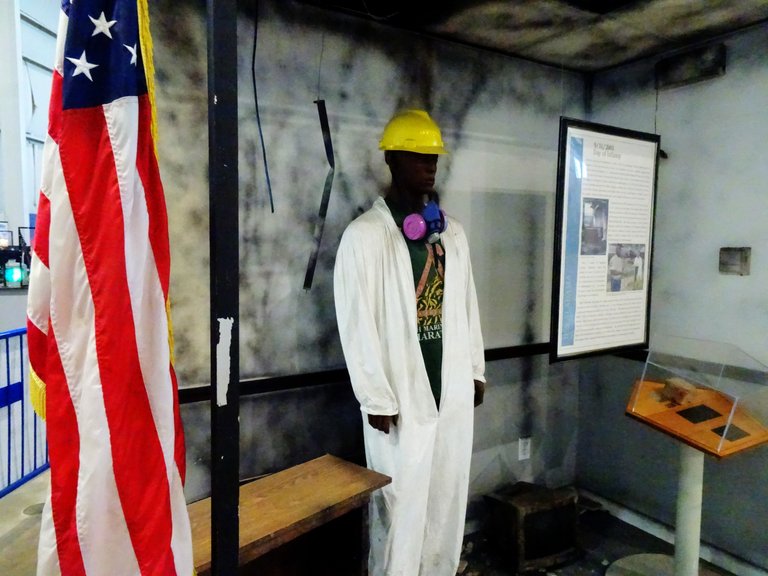 9/11
9/11
But the park's true value lies in its ability to bring history to life. Anyone who crawls through the narrow corridors of the USS Drum, stands on the bridge of the Alabama, or gazes at the POW memorabilia can sense the proximity to the past. It's the stories of courage, suffering, technology, and solidarity that make this place so unique.
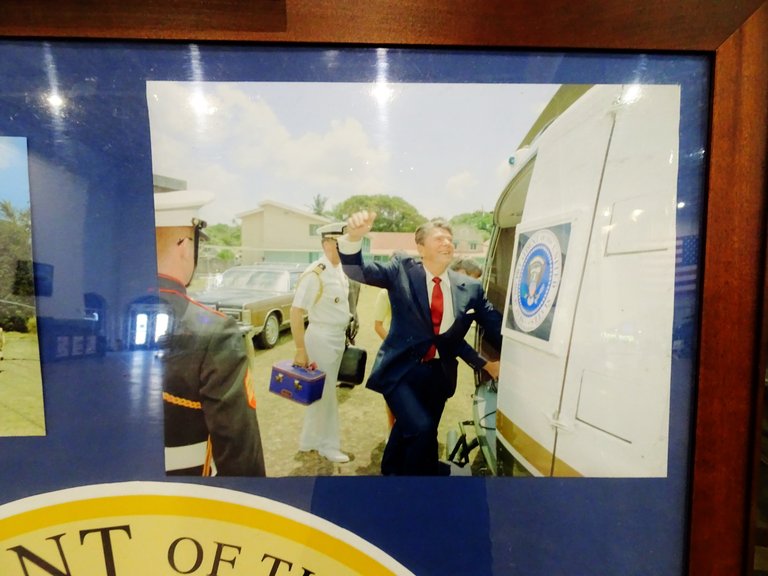 Ronald Reagan enters his heli
Ronald Reagan enters his heli
The USS Alabama Memorial Park is a place where past and present, technology and humanity, pride and contemplation merge in a special way - and one that will remain in the memory of every visitor for a long time.
 Paintings from children for the war
Paintings from children for the war
 War birds
War birds
 On the way to the USS Alabama
On the way to the USS Alabama





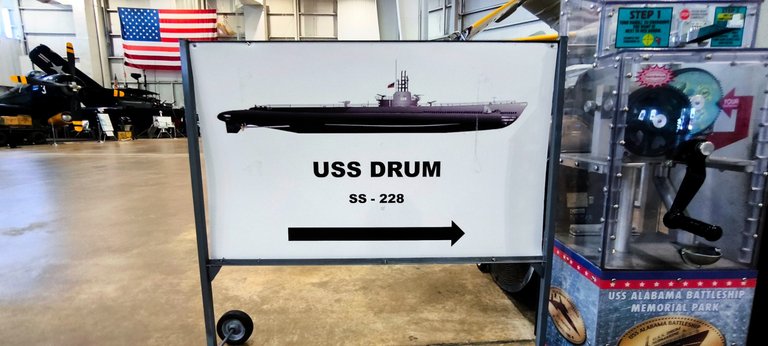
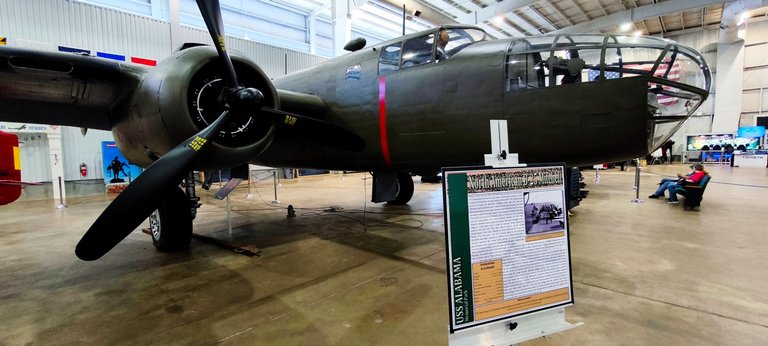
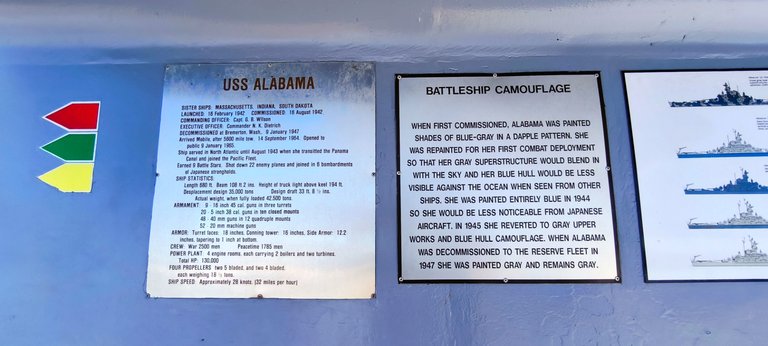
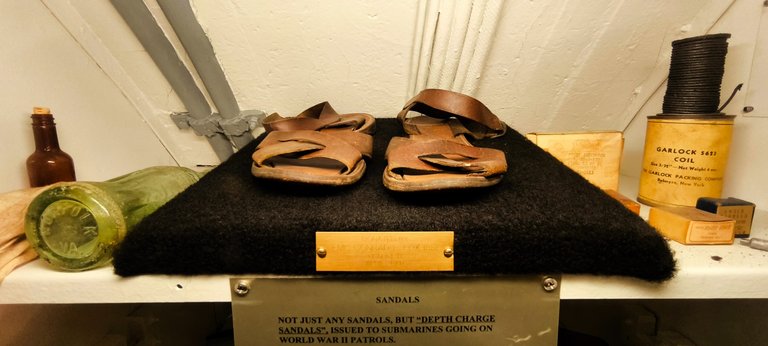
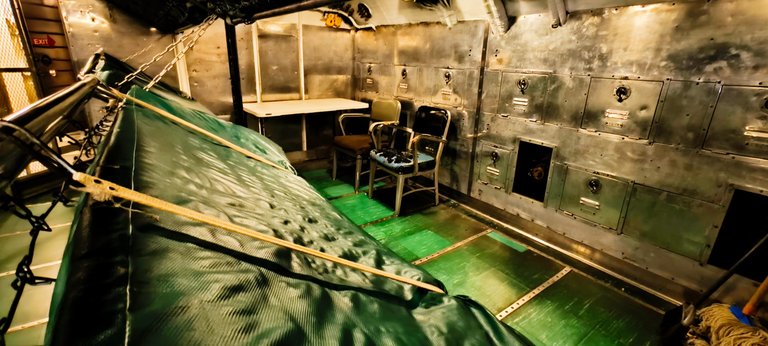


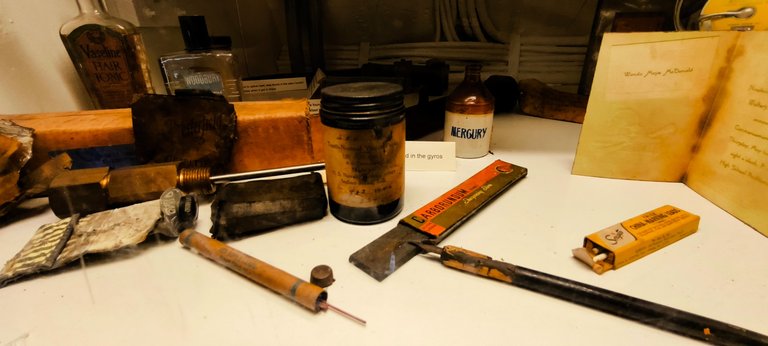

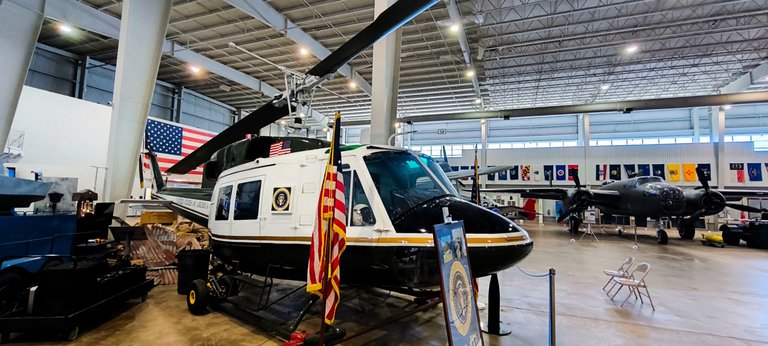


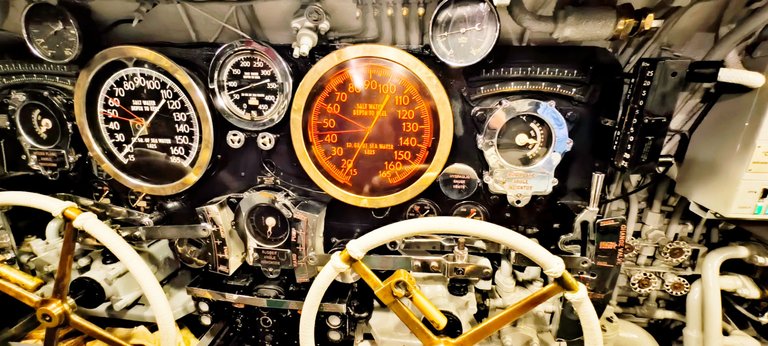
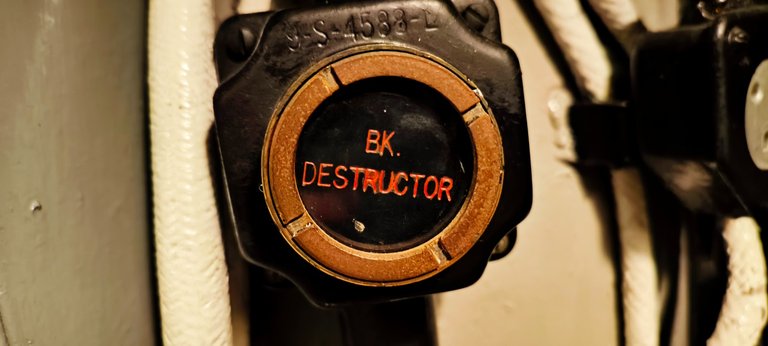



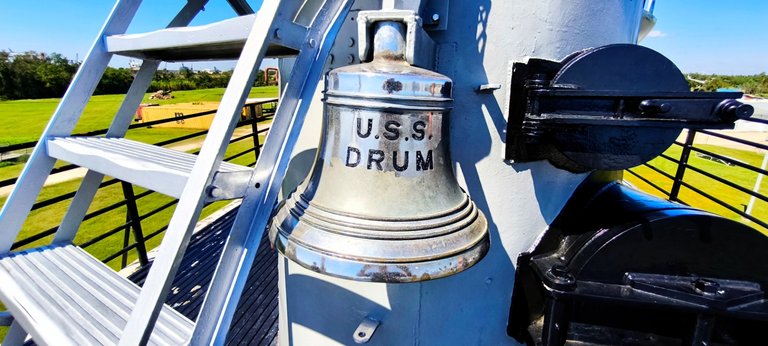
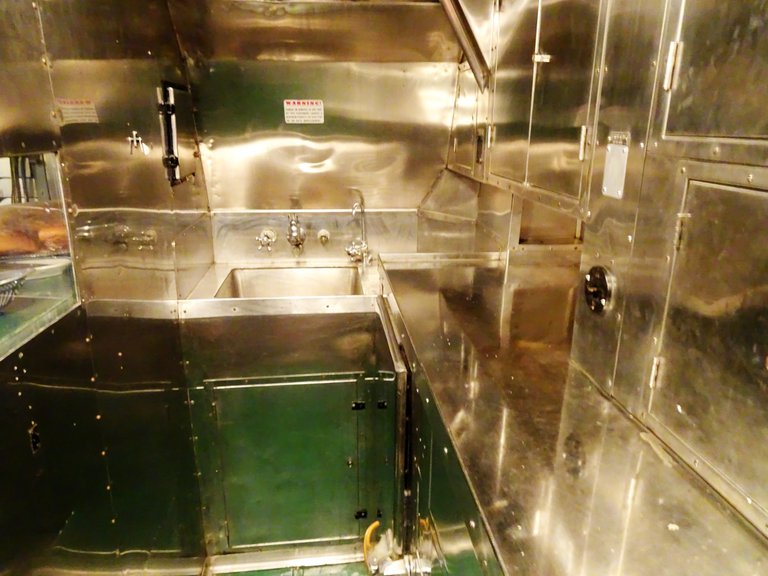



You can check out this post and your own profile on the map. Be part of the Worldmappin Community and join our Discord Channel to get in touch with other travelers, ask questions or just be updated on our latest features.
Congratulations, your post has been added to the TravelFeed Map! 🎉🥳🌴
Did you know you have your own profile map?
And every post has their own map too!
Want to have your post on the map too?
- Go to TravelFeed Map
- Click the create pin button
- Drag the marker to where your post should be. Zoom in if needed or use the search bar (top right).
- Copy and paste the generated code in your post (any Hive frontend)
- Or login with Hive Keychain or Hivesigner and click "create post" to post to Hive directly from TravelFeed
- Congrats, your post is now on the map!
PS: You can import your previous Pinmapple posts to the TravelFeed map.Opt Out
Congratulations @koenau! You received the biggest smile and some love from TravelFeed! Keep up the amazing blog. 😍 Your post was also chosen as top pick of the day and is now featured on the TravelFeed front page.
Thanks for using TravelFeed!
@for91days (TravelFeed team)
PS: TravelFeed is in social media to reach more people, follow us on Facebook, Instagram, TikTok, and X.
Epic piece of history, and really interesting entry. Thank for sharing it.
Love those Battleships!